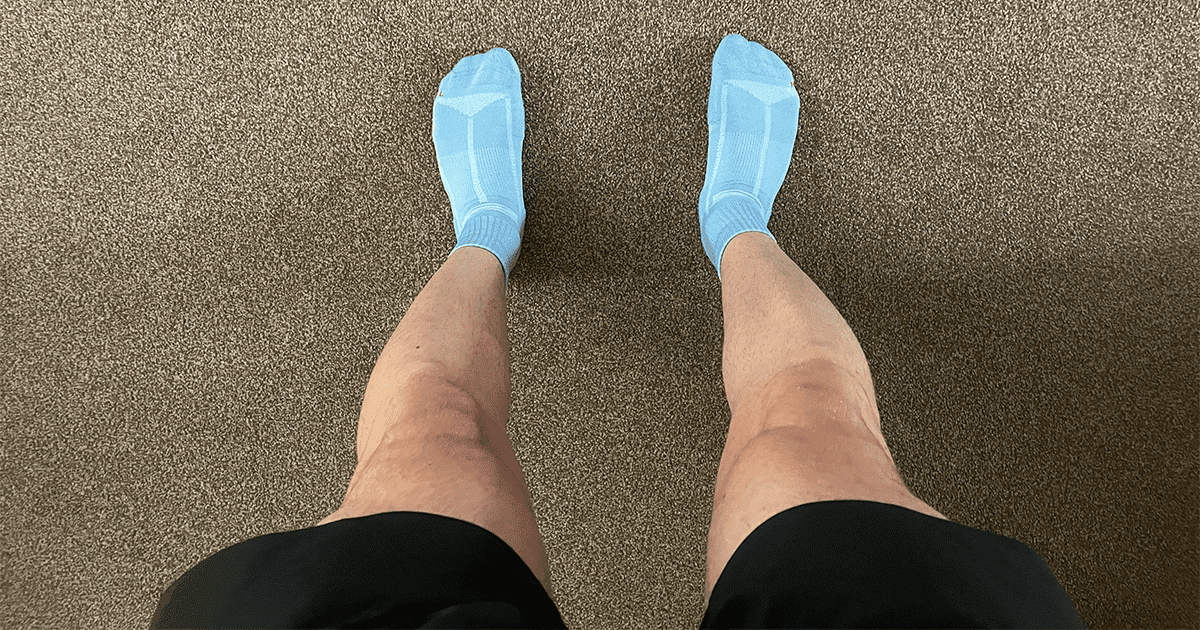What are the 8 different types of running workouts?
There are eight different types of running workouts, do you know what these are?

While you may be guilty of lacing up your running shoes and going for any old ‘run,’ mixing up your training and including a variety of different running workouts will make you a faster, stronger, and less injury-prone runner.
According to a previous post on Strava, there are a total of eight main running workouts we should all include in our training. These range from normal/everyday runs, interval training and long-runs, all of which play an important role in becoming a faster, stronger and more efficient runner.
Related: How to become a better runner: 10 tips for beginners.
1. Base/normal runs
These runs are your usual natural effort runs, making up the majority of your training. These base/normal runs contribute massively to building your aerobic capacity. Base runs should not be too challenging and instead ran at a comfortable pace, allowing these to be run often.
If training by heart rate, these would be run around 70-80% of your max, else known as zone 2.
2. Progression runs

Progression runs are similar to base runs yet finish at a much faster pace. You are, therefore, increasing your speed as the run goes on. These runs are more challenging than standard base runs but are great for building running stamina.
If training by heart rate, the start of your run would be run around 70-80% of your max known as zone 2, while towards the end of your run you could be looking at as high as 80-90% entering zone 3 or even 4.
3. Interval training workout
Interval runs combine fast uncomfortable hard effort runs with low-intensity jog recoveries. This allows us to simulate fast running resulting in increased tolerance to lactic acid, improved running economy among many physiological changes. These physiological changes include an increased ability to deliver oxygen to the working muscles alongside increased heart strength.
These are essential to faster and more efficient running.
If using a heart rate monitor, you will be training in zone 4 (94-100% max) for the intervals and zone 1 (60-70% max) and 2 (70-80% max) for the recovery jogs.
An example of an interval training session is as follows:
- 10-minute warmup & dynamic stretching
- 4×4 minutes at goal 5k pace
- 2-minute jog recovery between each interval
- 10-minute cool-down jog & static stretching
4. Fartlek training
The word ‘Fartlek’ is Swedish for ‘speed play.’ Fartlek training is basically interval training but with less structure and intensity. Fartlek training is all about having fun while running fast, alternating these fast reps with slow recovery jogs.
With a less structured approach, fartlek training usually consists of picking an object such as a lamppost, running fast until you reach it, and then running slow until your next object such as a blue car. This process is repeated by alternating between slow and fast running and a variety of obstacles to reach.
Fartlek training combines zone 2 (70-80% max), zone 3 (81-93% max), and occasionally zone 4 (94-100% max) heart rate training.
5. Tempo runs
Tempo runs are run at what is commonly referred to as ‘a comfortably hard’ pace. This pace is slower than your 5k pace and similar to your marathon pace. The tempo running workout builds up lactic acid within our muscles. Regular tempo runs will increase our lactic threshold allowing us to run faster without fatiguing as quickly.
We recommend using the Macmillan training pace calculator to work out your tempo run pace if training by pace per mile or km/per mile. However. if using a heart rate monitor, tempo runs should be run between 85-90% (zone 3) of your maximum heart rate.
6. Hill repeats

Much like trail running, hill repeats are a great way to strengthen your muscles while building stamina. Hill repeats also allow our regular base runs to feel much more comfortable. Make sure not to run as far as your regular base runs as hill repeats are run at a much higher intensity. Doing too much, especially too soon will increase your risk of injury.
To run hill repeats:
- 10-minute warmup jog & dynamic stretching
- Find a medium-long hill
- Run up the hill fast
- Jog down the hill slow
- Repeat a minimum of 3-4 times
- 10-minute cool-down jog & static stretching
If you choose to include hill repeats as a running workout, ensure not to do these too frequently as these will increase your risk of injury.
Related: A beginners guide to fell running.
7. Sprints

Sprints are no longer just for short distance runners. Incorporating sprinting into your training will improve your muscular strength and power as well as your sprint finish. Running greats such as Sir Mohamed Farah include sprint training regularly.
An example sprint training session:
- 10-minute warmup jog & dynamic stretching
- 4x100m
- 3-minute rest between each interval
- 10-minute cool down jog & static stretching
It’s doesn’t just come overnight, you’ve got to train for it and believe in yourself; that’s the most important thing. – Mo Farah
8. Long run
The long-run should be a staple in all runners training programmes. Commonly run on a Sunday, the long run is responsible for a variety of physiological benefits. These include an increased capacity to use fat as fuel, improved cardiovascular health, and the strengthening of the leg muscles. The long-run also develops mental toughness due to the long duration of running.
Your weekly long run should be no longer than 20-25% of your total weekly mileage. For example, if you run thirty miles per week your long run should be anywhere between 6 and 7.5 miles.
Increasing this too much will create an imbalance in your training while also increasing your risk of injury.
Finally, you can also include different running workouts within the long run. For example, you may choose to include a tempo run mid-way through, often done to stimulate running on heavy legs towards the end of a race.
Recommended blog post: Everything you need to know about the long run.
To finish
Including these eight different types of running workouts in your training will make you a faster, stronger, and less injury-prone runner. Be sure to build into these workouts while performing no more than three hard runs per week. One interval session, one tempo run, and a long-run. This is the standard training schedule many athletes can safely follow year-round.

Matthew is a lifelong runner, chief tester of all products, the founder of Running101, and freelance content writer for active brands. When he’s not writing, he enjoys lifting weights, cycling in the Lake District, and watching fast cars drive in circles on a Sunday. He also has a BA in sport, exercise and physical activity from the University of Durham.




